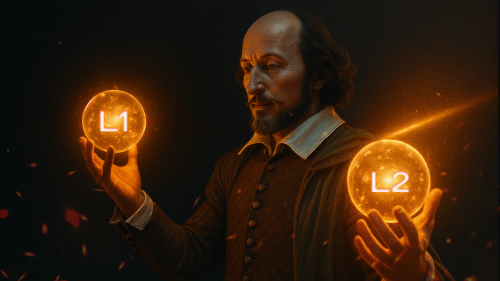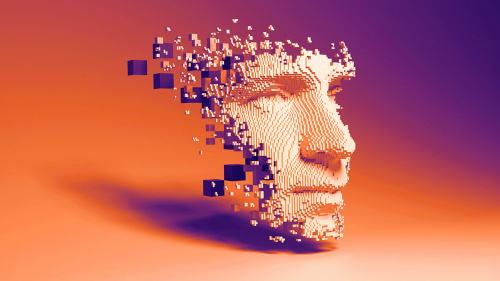Barely a day passes without the media spreading more fear that AI can’t be trusted. One could think it’s about to take over and control the world through misinformation.
This negative sentiment has resulted in tech industry leaders such as Elon Musk and Steve Wozniak advocating reigning in further development of AI.
Many people are now skeptical of this new technology when the narrative of misinformation, AI fake news, biases, and security issues of AI are being pushed into our faces by the mainstream media.
Can we trust AI?
Edelman, the global communications company known for its yearly “trust barometer” reports, found that trust in AI companies has dropped to 53% globally, down from 61% five years ago. In the U.S., trust has fallen 15 percentage points (from 50% to 35%) over the same period.
From ChatGPT and virtual assistant chatbots to medical diagnosis tools and AI-generated news articles, the AI gear is increasingly touching our lives today.
As it continues to advance, a pivotal challenge arises—trust, and at what cost?
The results of a June 2024 survey by the Reuters Institute for the Study of Journalism revealed that about 52% of the respondents in the US and 63% in the UK were uncomfortable due to trust issues in AI-driven journalism.
Could blockchain herald the solution to resolve AI’s trust problem? We take a look under the hood and explore the possibilities of how and where blockchain can help solve this.
Our AI And Blockchain Disruption report explores the topic as part of the entire Web3 landscape.
Where blockchain and AI trust meet
If blockchain could serve as the foundational AI trust layer, what would be the key benefits of fusing both technologies?
Blockchain offers an immutable time-stamped ledger, AI data transparency, and decentralized verification. It also ensures proof of authenticity by accurately determining its origins and timelines.
When interviewed on CNBC, Sheila Warren, the CEO of the Crypto Council for Innovation, said, “I actually do think that the verification of AI and the sort of checks and balances within an AI system are going to be blockchain-driven and blockchain-backed.”
What are the trust problems of AI?
It mostly boils down to a need for more transparency, accountability, and explainability in the model’s decision-making process.
A significant problem with AI is data bias and unreliable information sources. Artificial intelligence is expected to be free of emotions and, therefore, unbiased. However, digital brains learn from human-provided data, which inherently carries bias.
Additionally, tools such as ChatGPT are trained on a diverse range of data trawled from the Internet. But not all data on the web is authentic and truthful. One of AI’s problems is, that it has no way of authenticating or verifying the credibility of the data it draws on. This can lead to questionable results and create challenges to the ethics of AI data.
The ethics and trust factors of AI are regular topics of discussion today, and a growing body of legislation is in the pipeline.
Eventually, this should result in proper ethical guidelines being established to ensure this technology can be trusted and used responsibly.
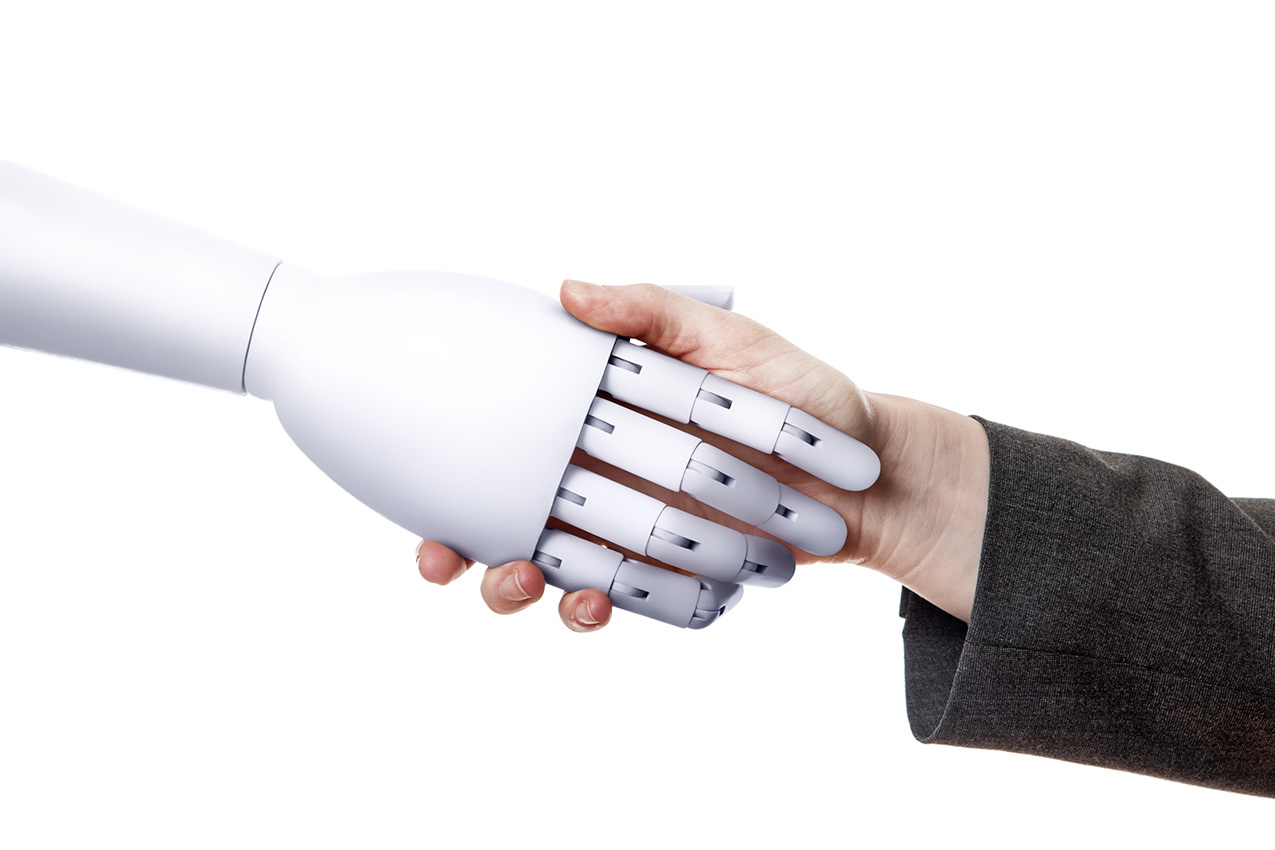
What is trustworthy AI? Trustworthy AI can be defined as having ethical, lawful, non-biased, and robust attributes. As AI is often opaque, accountability has to be out in the open to foster trust and resolve these obstacles.
Blockchain for AI – which issues can it address?
- Blockchain’s decentralized nature lowers attack risks by creating tamper-proof immutable records. This ensures data integrity, as each transaction is verified by multiple nodes before being added to the chain.
- Each block secures AI algorithms from any unauthorized access or subversion.
- Blockchain’s auditable ledger ensures accountability and authentication.
- It enables stakeholders to trace, verify, and ensure transparency in AI results.
- Blockchain’s immutable, time-stamped records of AI elements ensure accountability and traceability.
- Its decentralized ledger distributes decision-making power, giving unprecedented accountability to AI models.
- Blockchain’s transparent consensus mechanisms promote inclusive and diverse decision-making.
- Deploying a distributed blockchain network reduces biases, leading to impartial and unbiased AI outcomes.
- Blockchain’s cryptographic ledger ensures data integrity and user control. Its decentralized, transparent transactions distribute data securely.
- This addresses and reinforces privacy concerns, and minimizes unauthorized access in AI applications.
However, blockchain may add some concerns to this technology marriage. For example, its potential anonymity can reduce transparency, and immutability prevents correcting AI errors and vulnerabilities from unsecured smart contracts.
Nonetheless, leveraging blockchain technology can have distinct advantages, such as helping to reduce ethical, moral, and trust challenges.
In addition, blockchain also offers solutions, using Distributed Ledger Technology (DLT) to reduce data biases and mitigate data breach risks, as highlighted by the European Parliament Research Service.
The following section gives some examples of successful AI-based blockchain projects.
Bridging the AI trust gap with AI data decentralization
CertiK
CertiK is a blockchain security company that leverages AI and formal verification tools to secure blockchain, smart contracts, and Web3 applications.
Its products offer security vulnerability detection, blockchain audits, data insight tracking, and visualization of crypto fund movements.
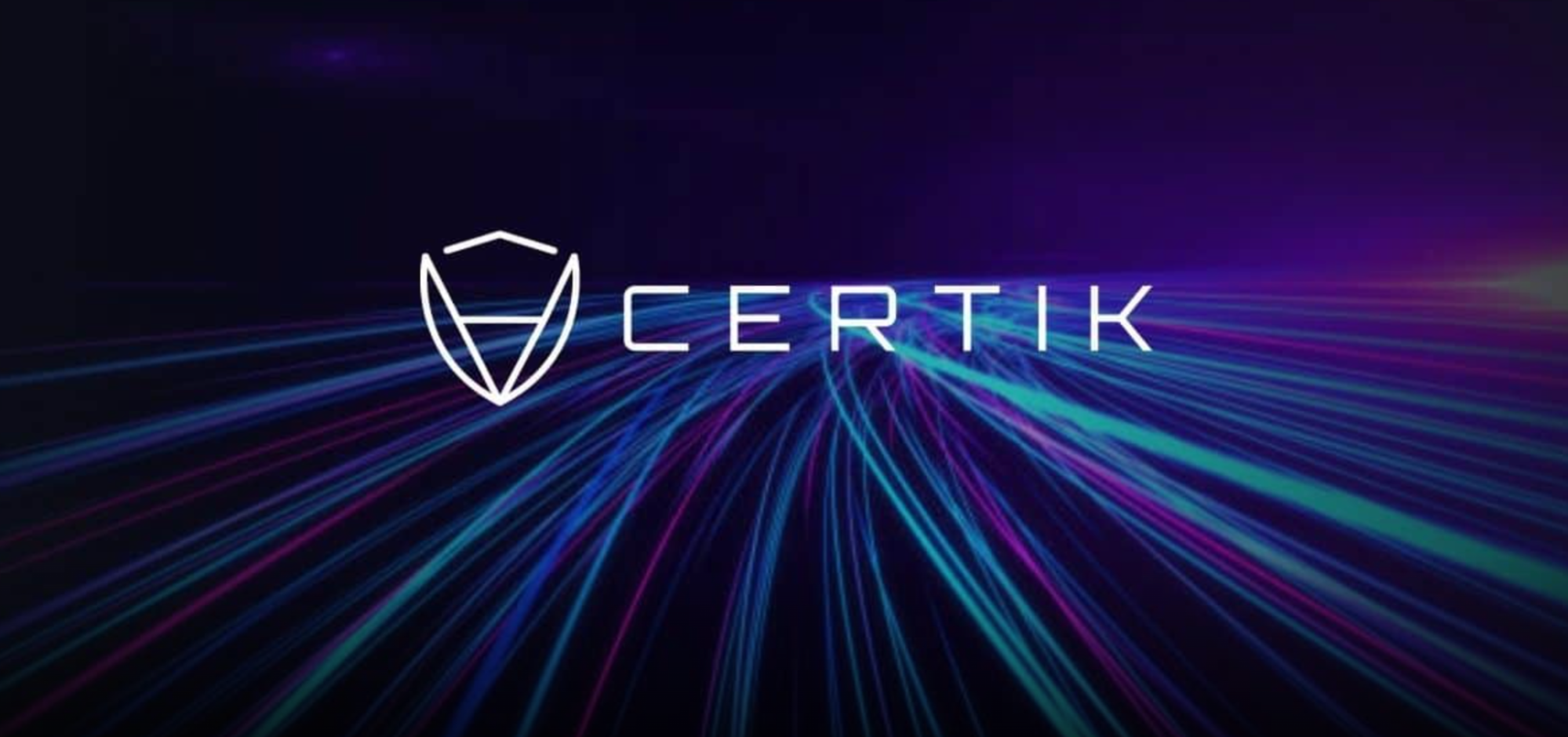
It deploys AI-powered scanning to audit blockchain ecosystems and smart contracts for vulnerabilities and uses AI to identify potential threats and weaknesses in blockchain code.
As its AI models utilize blockchain, the immutability of each block of data is time-stamped and linked to the previous data block, creating an unbroken chain. This enhances the accountability and verification of the data sources. Hence, it adds a layer of trust and integrity to each of Certik’s AI outputs.
Furthermore, blockchain is used to store and distribute the relevant AI models, providing an invaluable audit trail.
Bittensor
Another good example of how the synergy between blockchain and AI narrows the trust gap is Bittensor. In a nutshell, Bittensor is a decentralized protocol for developing, training, sharing, and trading AI and machine learning models.
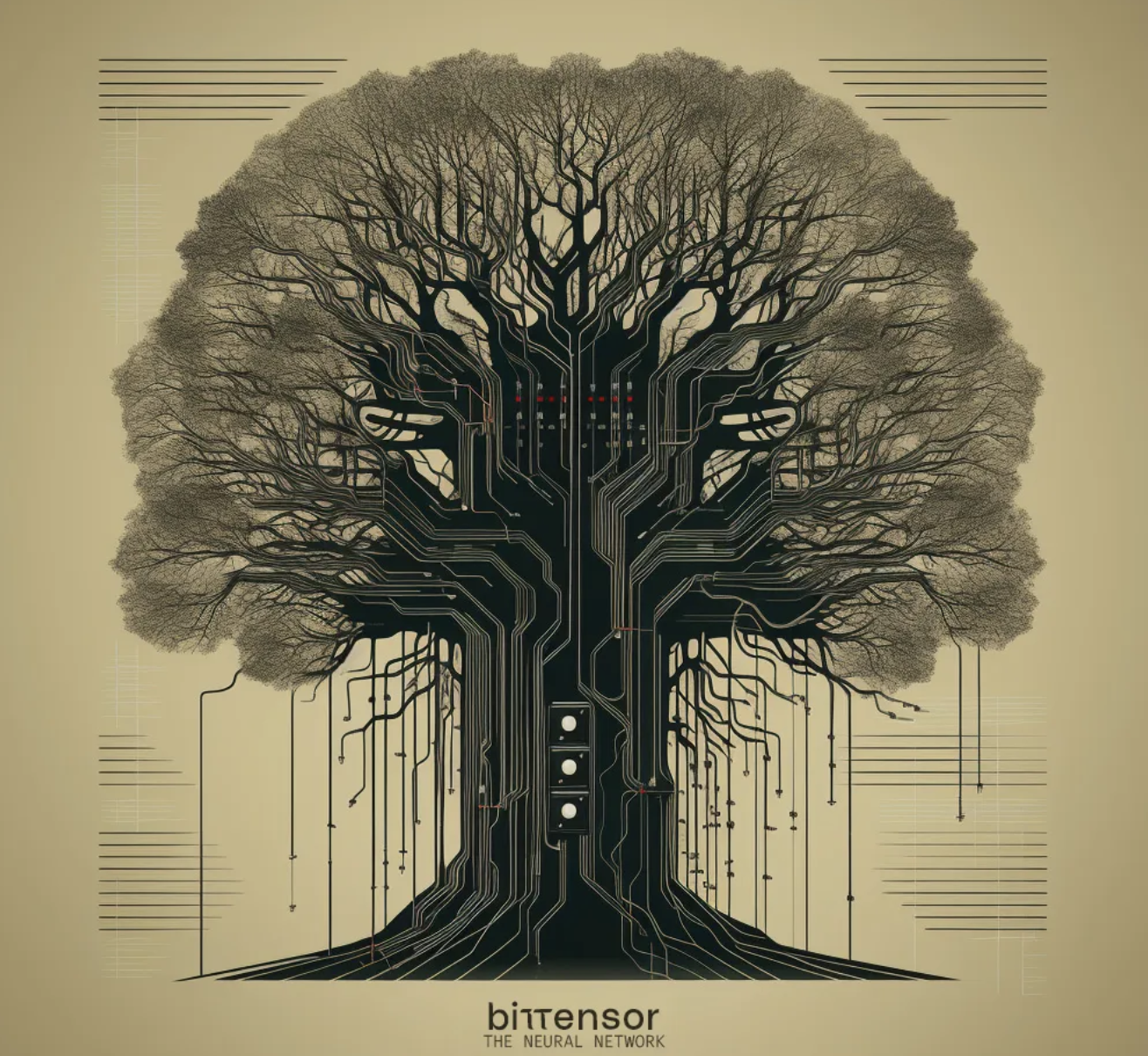
This Web3 AI-based project has revolutionized AI transactions by deviating from traditional models and fostering trust, openness, and transparency.
It features a network of subnets with miners addressing AI tasks, validators verifying results, and end-users.
The miners submit pre-trained models for rewards, while the validators confirm the validity of the model outputs.
By using blockchain, it adds the key components of trust and verification. It can accurately track the data used to train an algorithm, including when and by whom, along with the steps taken to vet and verify that data.
Fetch.ai
Fetch.ai is a blockchain-based decentralized AI machine-learning network.
It uses machine-learning models and blockchain technology’s secure and trustworthy aspects to provide valuable autonomous services to individuals and companies. Basically, Fetch.ai’s technology lets these models make transactions securely on the blockchain.
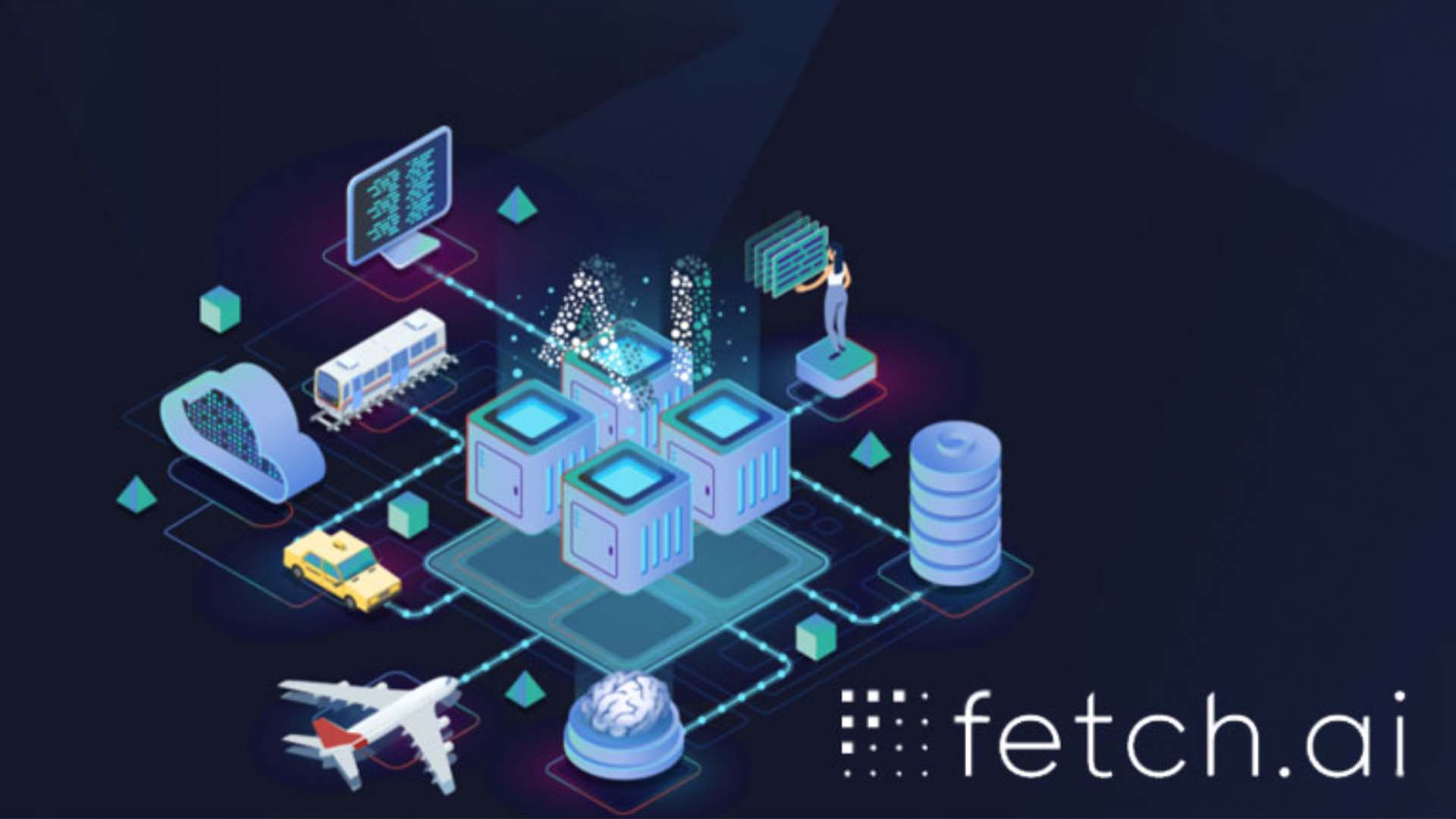
Fetch.ai makes it easier to find AI services by using its decentralized AI agent network. It links various AI agents, allowing them to collaborate and merge their abilities to create fresh combined services.
Using blockchain technology, Fetch.ai can provide a crucial trust factor, creating an unchangeable and transparent record of the content’s creation and ownership.
Hence, by securing the authenticity of the content on the blockchain, consumers, creators, and institutions can easily confirm the source and trustworthiness of the digital content used by its AI models.
Verify
The Verify tool, built on the Polygon network, is a great example of an AI-based blockchain project that adds a crucial layer of trust. The Fox News Corporation launched Verify to confirm the authenticity of its media content.
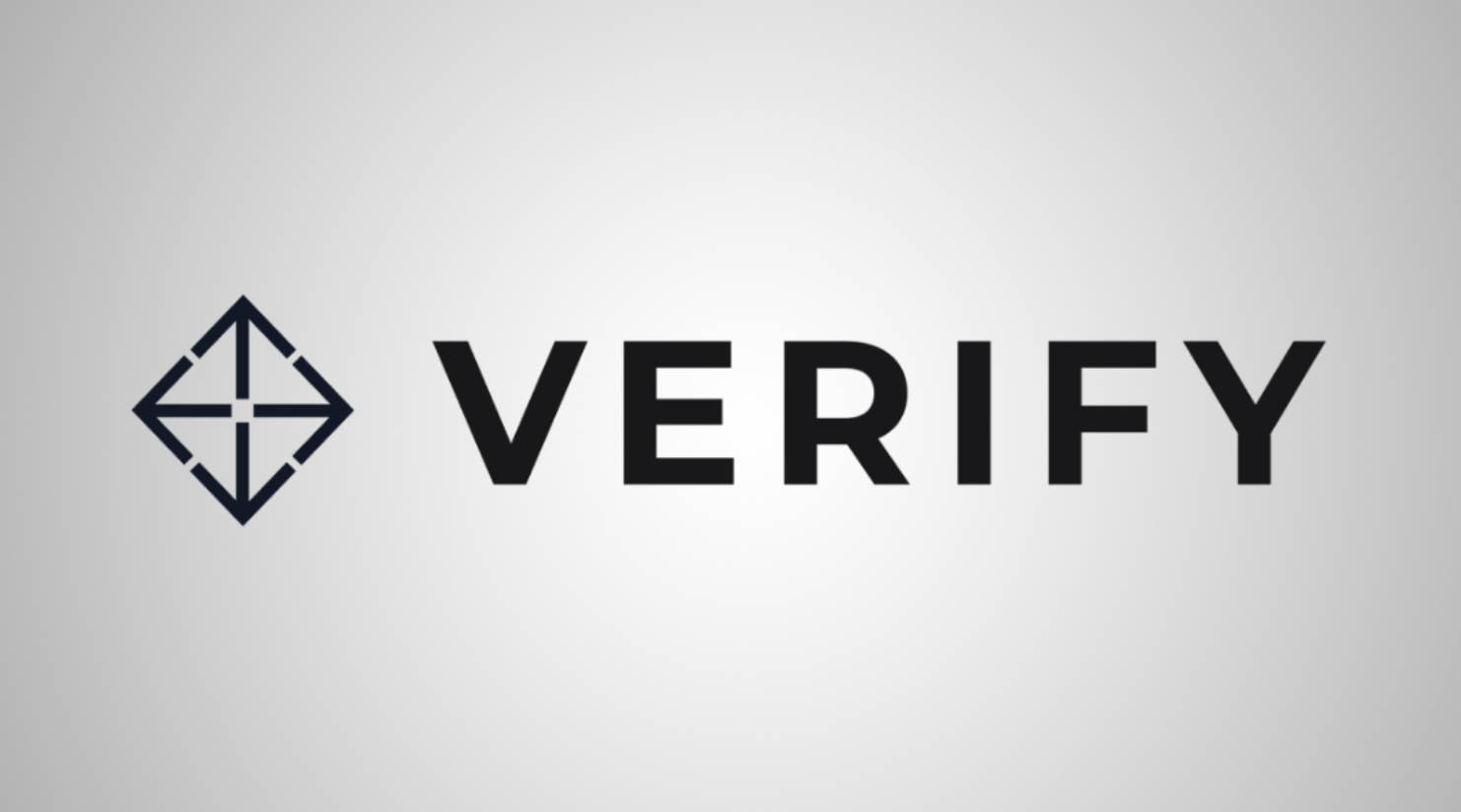
On Verify, publishers can register their content, which is then authenticated by a real-world entity that confirms its origin.
This means the entity publishing these articles or images can set these assets’ access and usage rights through a smart contract module on the blockchain.
Hence, each piece of content is cryptographically securely signed on the blockchain, enabling consumers to identify and trust the AI content.
Blockchain and AI: a transformative synergy
Using blockchain to address these issues could help reduce widespread public skepticism and business apprehensions about AI’s implementation and ethics.
Furthermore, no established AI governance methodologies exist currently. This could be resolved by using blockchain for AI and possibly becoming an industry standard.
By focusing on accountability, privacy, and fairness, developers can create AI and blockchain systems that build trust, advance social good, and foster a more ethical and equitable society.
Ensuring transparency and trust in AI algorithmic decision-making is crucial. However, fully achieving this remains a distant goal. Therefore, the AI trust gap is likely to persist for a while.
Overcoming negativity and biases triggered by doubt in trust is essential to ensuring AI’s credibility, and combining blockchain technology with AI is a significant leap forward. That flows into AI generated fake news (eep!). Read the next article to understand how blockchain projects are detecting deepfakes.
